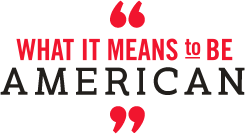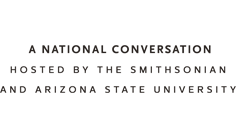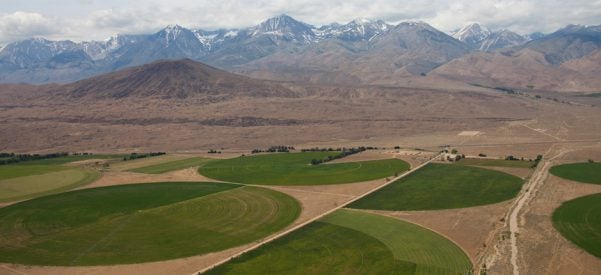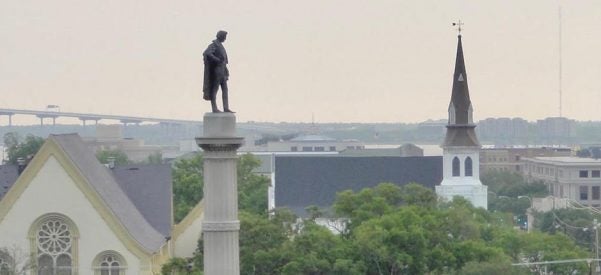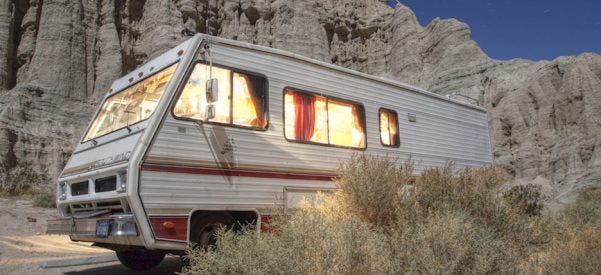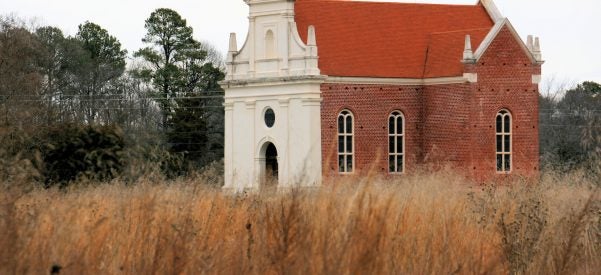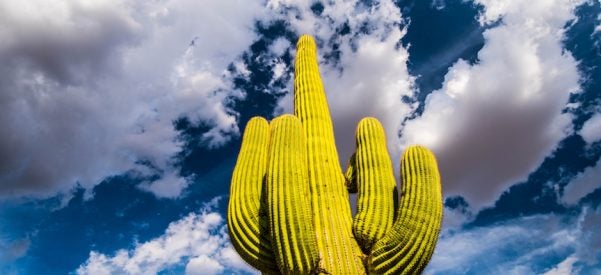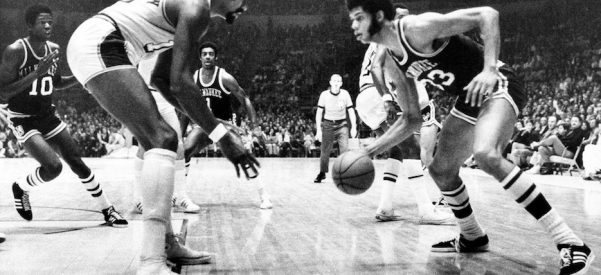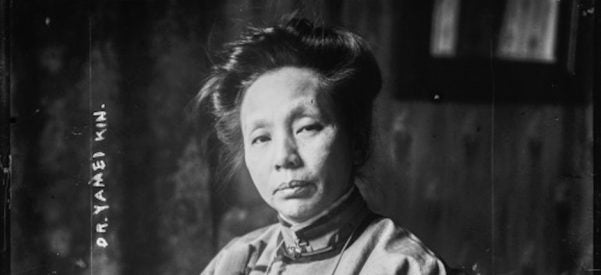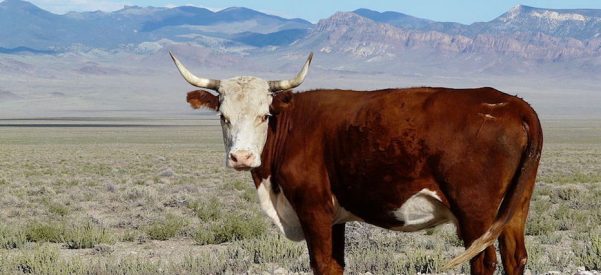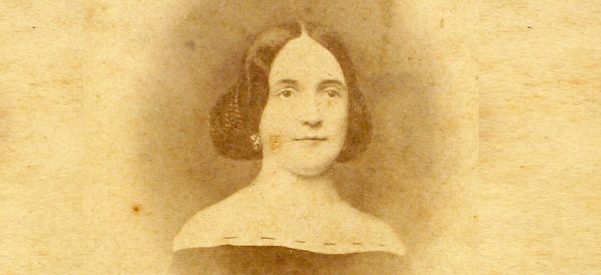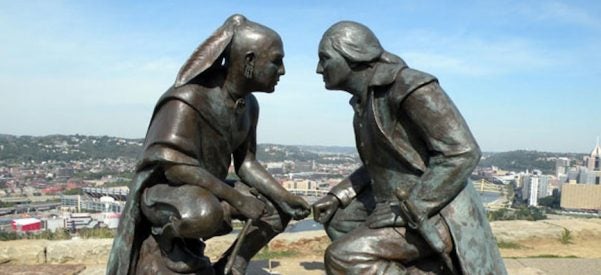How Crop Circles Saved the Great Plains
In the 1940s, Farmer Frank Zybach Invented Center Pivot Irrigation and Brought the Dust Bowl Back to Life
If you live in the Great Plains, sooner or later you’ll get a question about those “crop circles” that can be observed from airplane windows during flights over the region. The answer is contained in the question: Put simply, they are circles of cropland.
The circular pattern, however, is different from the regular patchwork many people imagine traditional farm fields to be. The shape is the result of the center pivot irrigation, a development of the post-World War II era …
